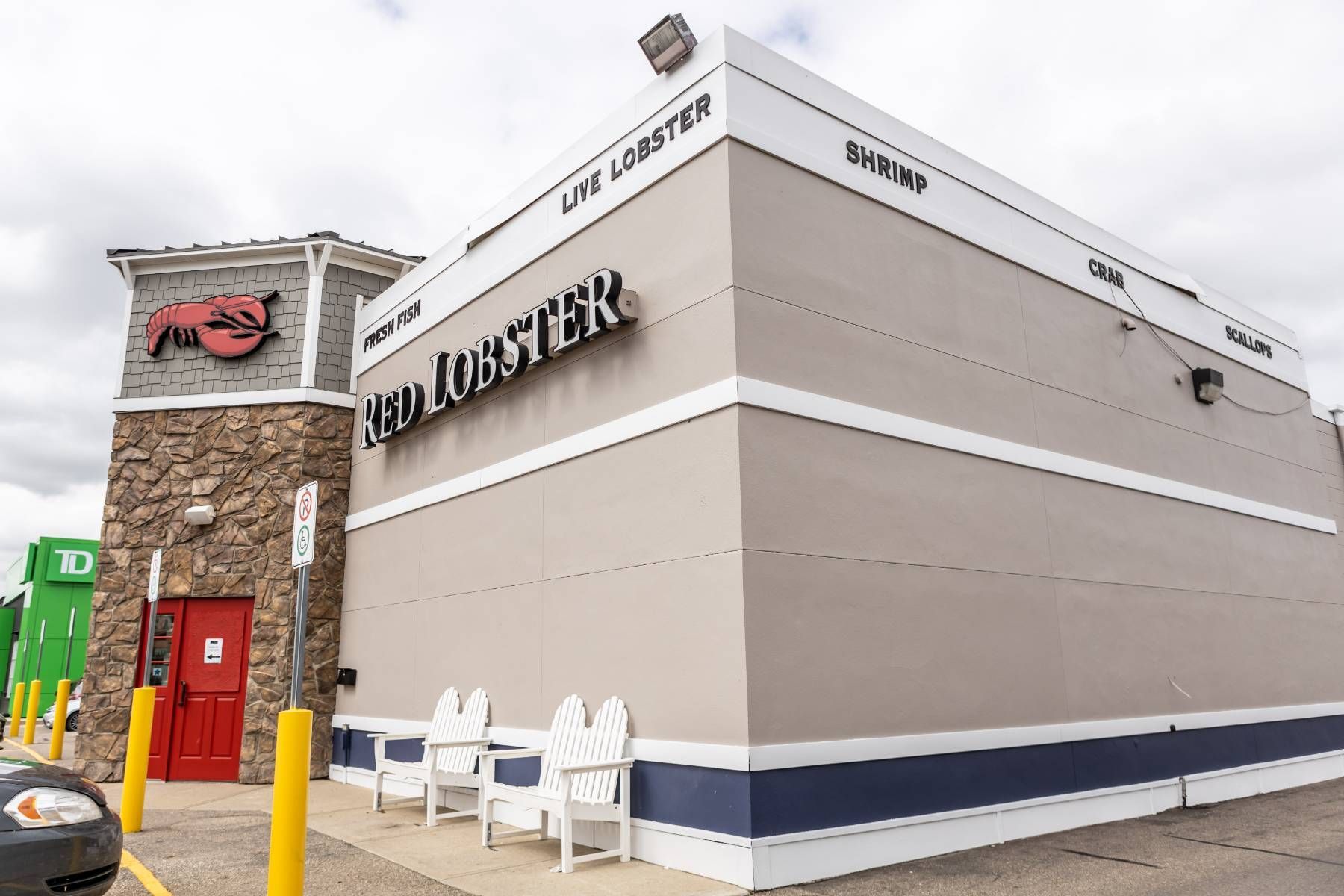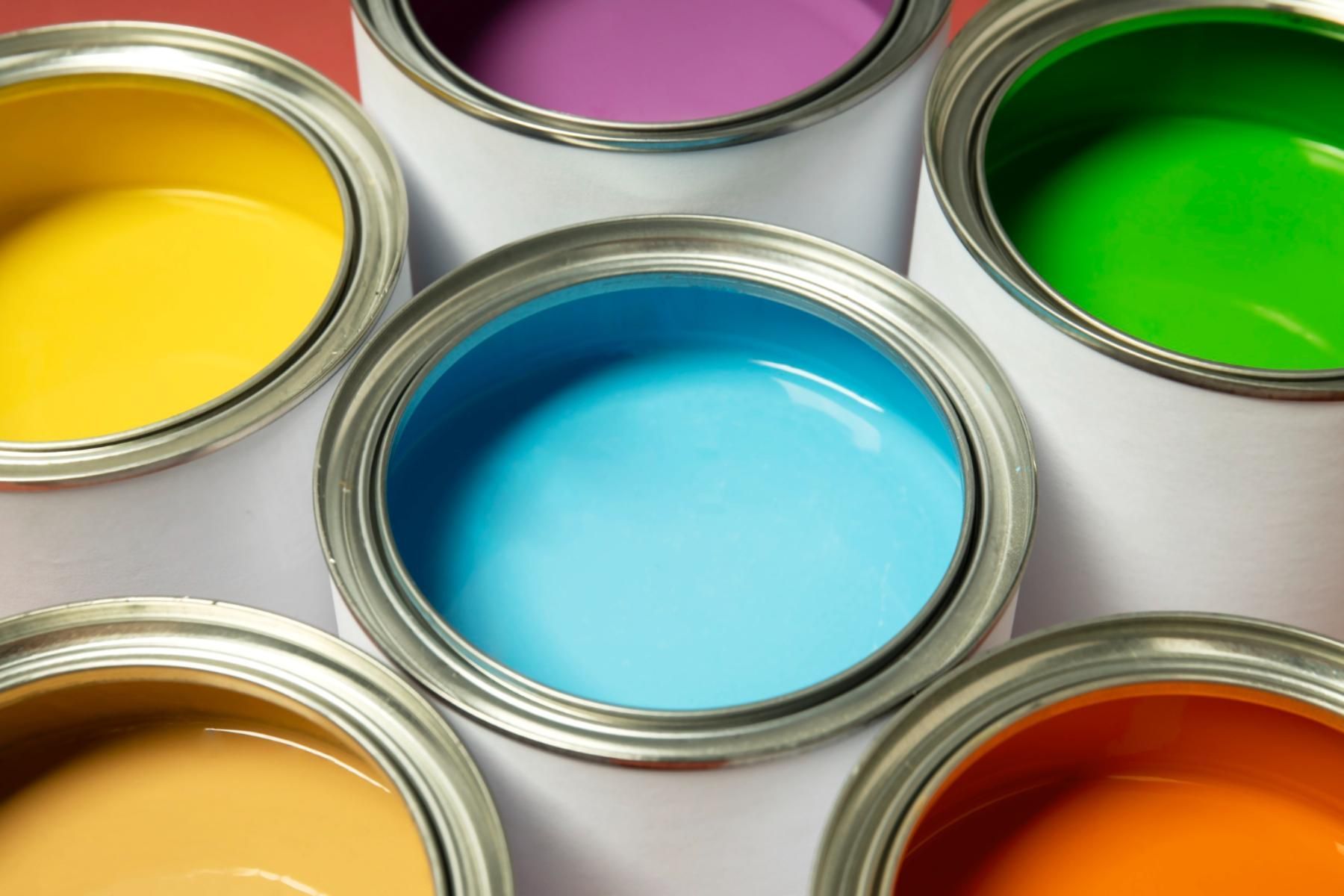Painting Your Brand
When you walk into a business, the atmosphere hits you before anything else—the vibe, the colors, the feeling of the space. All of these are carefully designed to communicate a message, even if you don’t notice it outright. Painting isn’t just about making walls look good; it’s about setting the tone for what your brand stands for. A well-painted space can speak volumes about your business, leaving a lasting impression on every customer or employee who walks through your doors.
Transforming Your Retail Space with the Right Colours
Your retail space isn’t just where you sell products—it’s where your customers come to experience your brand. The colors you choose for your walls, shelves, and even accent pieces play a massive role in how people feel when they walk in.
For instance, bold and energetic colors can drive excitement and engagement, while softer hues create a sense of calm and comfort. Imagine a boutique with walls painted in deep navy and gold accents—it radiates luxury and sophistication. On the other hand, a tech store with clean, bright whites and pops of neon green feels modern and innovative. Choosing the right palette for your retail space helps customers connect emotionally with your brand, making them more likely to return.
Enhancing Office Spaces to Reflect Your Brand’s Identity
Your office space is more than just a place where work gets done. It’s where your team collaborates, creates, and builds your brand. The way your office is painted can influence productivity, morale, and how clients perceive your business.
Bright, energizing colors like yellow or green can inspire creativity and innovation. Neutral tones with vibrant accent walls can balance professionalism with personality. For example, a wall painted in your brand’s signature color reinforces your identity every time someone enters. Employees feel more connected to the brand, and clients get an instant sense of who you are.
Professional Touch from Experienced Commercial Painters
The difference between an average paint job and a flawless one often comes down to expertise. Hiring a commercial painter ensures not only a professional finish but also a smooth and efficient process.
Experienced painters understand the unique needs of businesses. They can recommend the best types of paint for high-traffic areas, ensuring durability and easy maintenance. They also know how to work around your schedule, minimizing disruptions to your day-to-day operations. A commercial painter brings the skills and tools needed to execute even complex designs, turning your vision into reality.
Choosing Colour Codes That Speak to Your Brand
The psychology of color is a fascinating tool for shaping perception. Each shade tells a story, so choosing the right color codes is crucial when painting your brand. These codes serve as a visual shorthand for your business identity.
Think about what emotions you want to evoke. Red might suggest passion and energy, while blue communicates trust and reliability. Matching your color codes with your branding ensures that your physical space aligns with the message you want to convey. This consistency reinforces your identity in the minds of customers and employees alike.
Having defined color codes also helps with future updates or expansions. When it’s time to refresh your space, having a clear record of your chosen colors makes it easy to maintain the same cohesive look. It’s an investment in your brand’s long-term visual identity.
Coordinating Colours for a Harmonious Look
A well-coordinated color scheme does more than look pretty—it creates a seamless and inviting experience. Poor color coordination can make even the most stylish furniture or decor feel out of place. Harmony is key.
When planning your space, consider how wall colors interact with flooring, furniture, and lighting. A neutral base with complementary accents can tie everything together, while monochromatic schemes create a modern, sophisticated vibe. The goal is to achieve balance without overwhelming the senses.
Don’t forget about transitions between rooms. If your brand includes multiple spaces, like a lobby, conference room, and office area, coordinating colors ensures a consistent experience. Subtle shifts in shade or complementary hues can make the flow from one area to the next feel intentional and cohesive.
Creating a Memorable Atmosphere with Custom Painting
A custom-painted space isn’t just visually striking—it’s unforgettable. Unique designs, murals, or branded graphics can turn an ordinary room into an extraordinary statement.
For example, a restaurant might feature a mural that reflects its cultural roots or culinary inspiration. An office could incorporate its logo or tagline into a bold accent wall. These touches go beyond traditional painting, adding depth and personality to the space.
Custom painting also gives you the chance to stand out in a crowded market. A visually unique space becomes a talking point for customers and a source of pride for employees. It’s one of the simplest ways to make a lasting impression while staying true to your brand.
Painting Spaces to Match Your Business Vision
Every business has a vision, and your space should reflect it. Painting is a powerful way to align your physical environment with your goals and values.
Consider a wellness center aiming to promote relaxation and healing. Soft pastels and earthy tones instantly set the mood. A tech startup focused on innovation might go for sharp, clean lines and futuristic colors like silver and electric blue. By choosing colors that match your vision, you create a space that not only looks good but also feels authentic.
This alignment isn’t just about aesthetics. It strengthens your brand’s identity by making your values visible and tangible. A space that matches your vision tells customers and employees alike that you mean what you say.
Boosting Brand Recognition Through Thoughtful Colour Choices
Brand recognition is about more than logos or slogans. The colors associated with your brand play a huge role in making it memorable. Thoughtful color choices in your space can amplify this effect.
Think about global brands that are instantly recognizable by their colors alone. You can achieve a similar effect by incorporating your brand’s primary shades into your walls, fixtures, and accents. This subtle reinforcement keeps your brand top of mind without being overwhelming.
Color choices can also help create an emotional connection with your audience. Whether it’s warmth, excitement, or trust, the right hues ensure that every interaction with your space leaves a positive impression.
Transform Your Space and Elevate Your Brand with Expert Painting Services from Revive Painting
Your business deserves a space that tells your story, reflects your values, and leaves a lasting impression on everyone who walks through the door. Whether it’s a retail space that invites customers to explore, an office space that inspires your team, or a custom-painted design that makes your brand unforgettable, the right colors can bring your vision to life. It’s more than paint on walls—it’s about creating an environment that embodies your brand.
At Revive Painting, we understand the art and science of painting your brand. As experienced commercial painters, we know how to turn your ideas into reality while ensuring flawless execution. Don’t settle for ordinary when your business can have extraordinary. Let Revive Painting help you transform your space into a bold reflection of your vision. Contact us today to bring your brand to life with expert painting services that make an impact.



